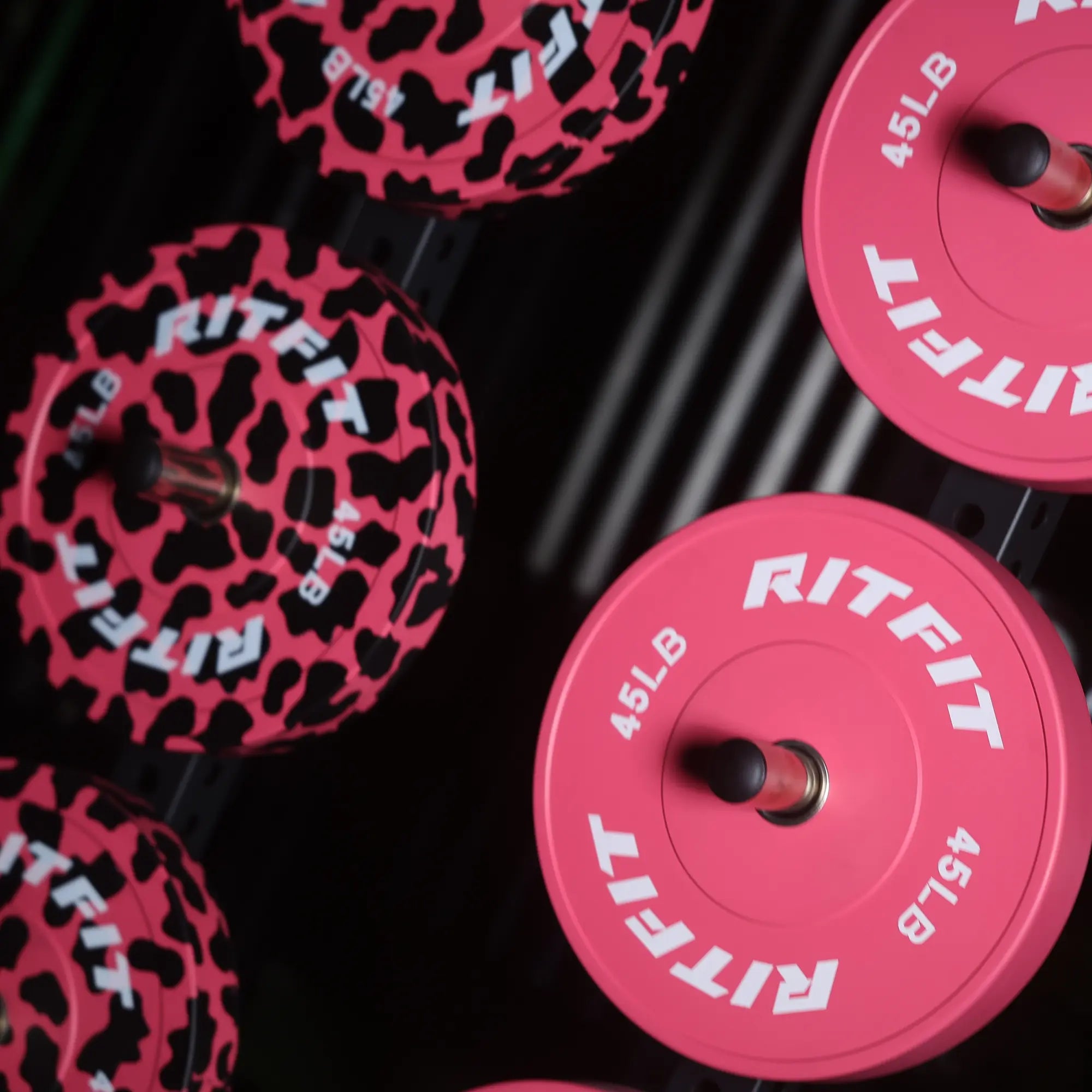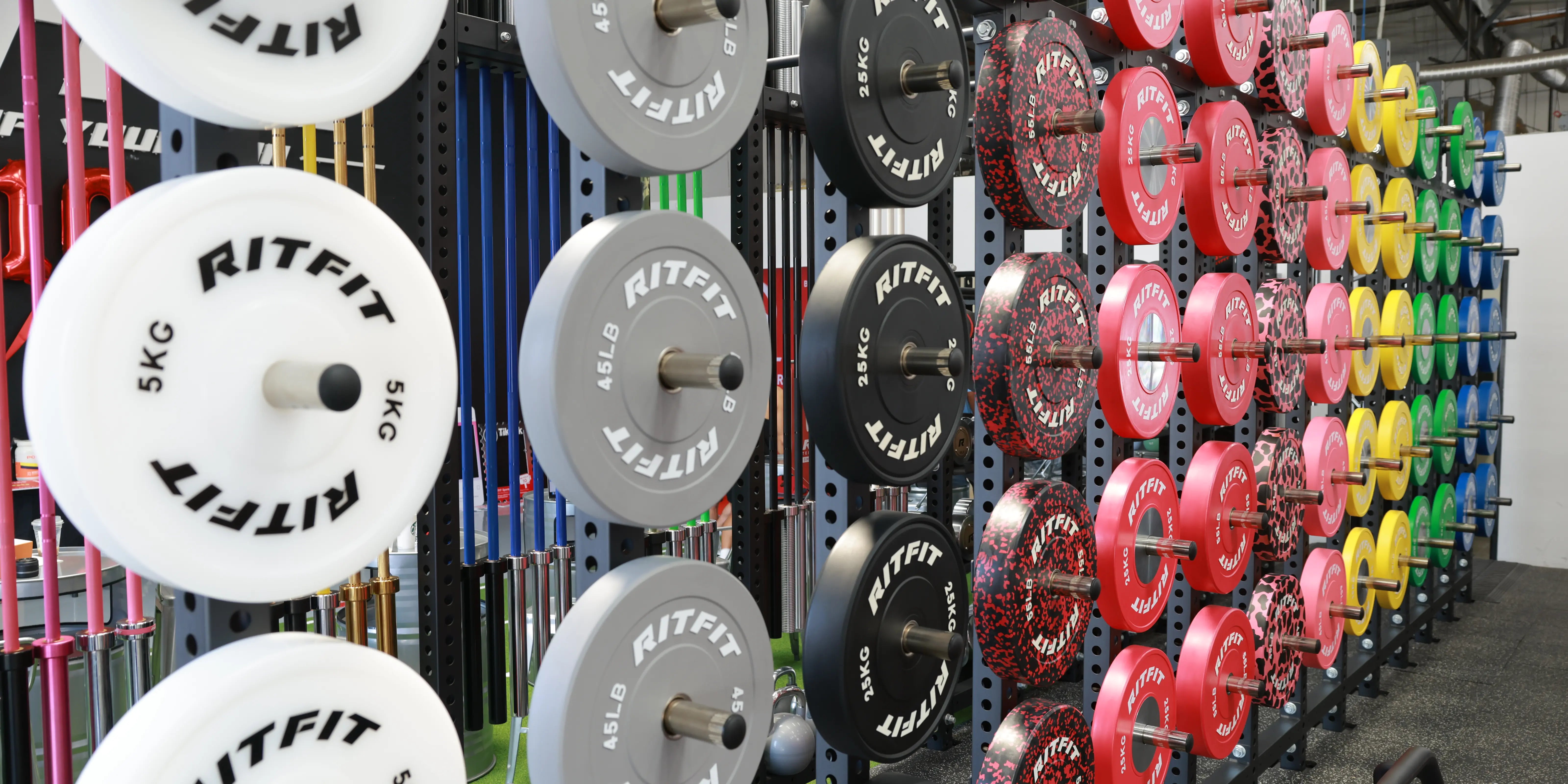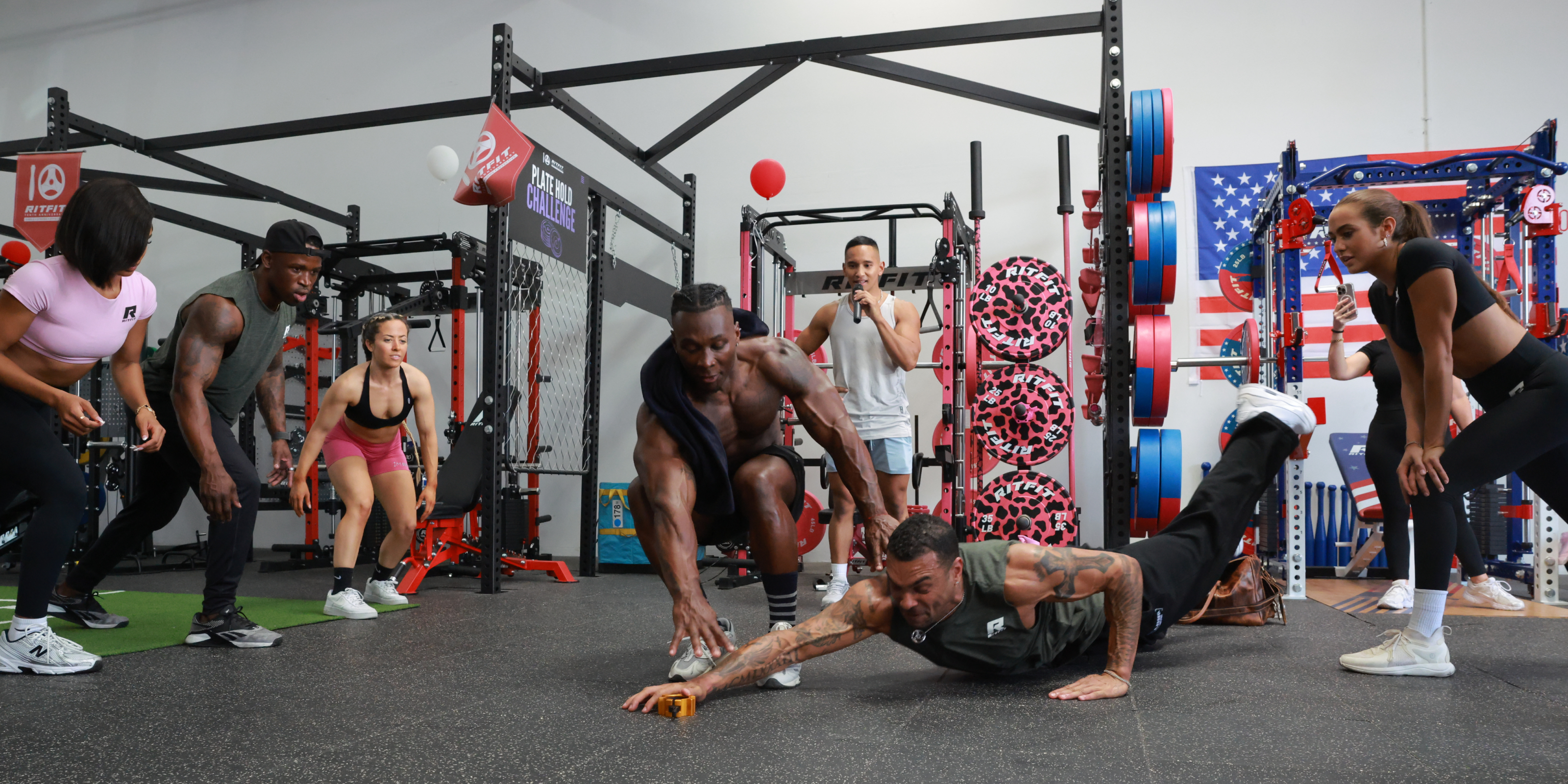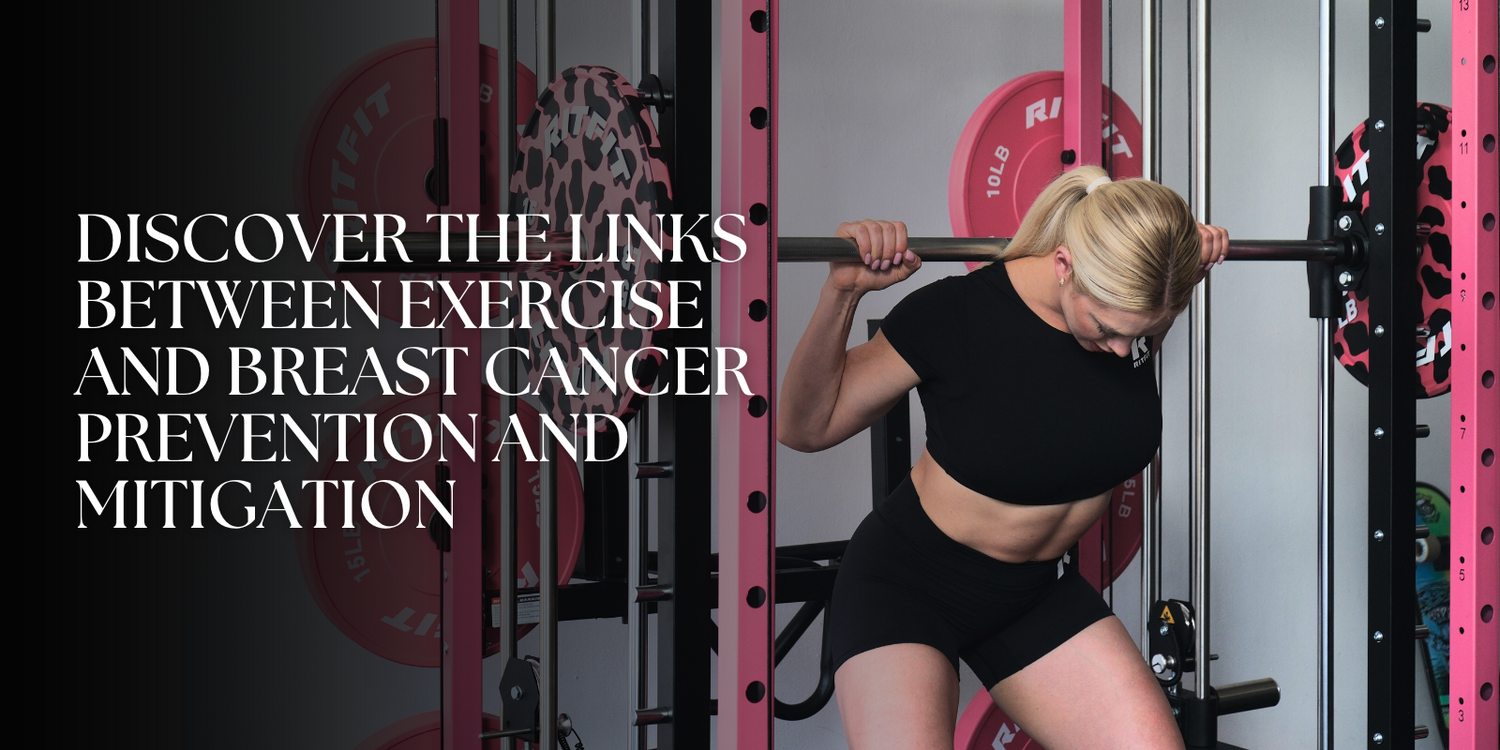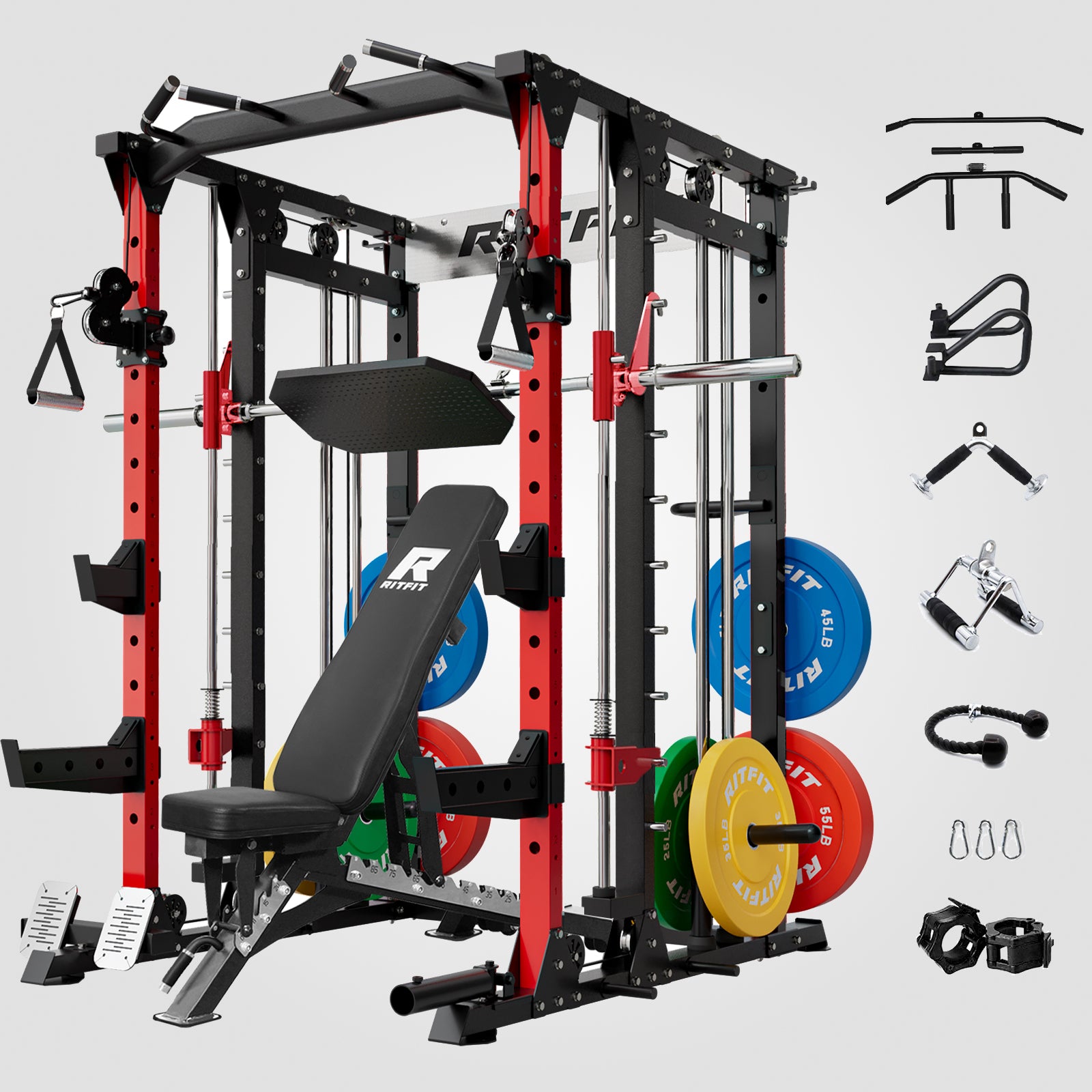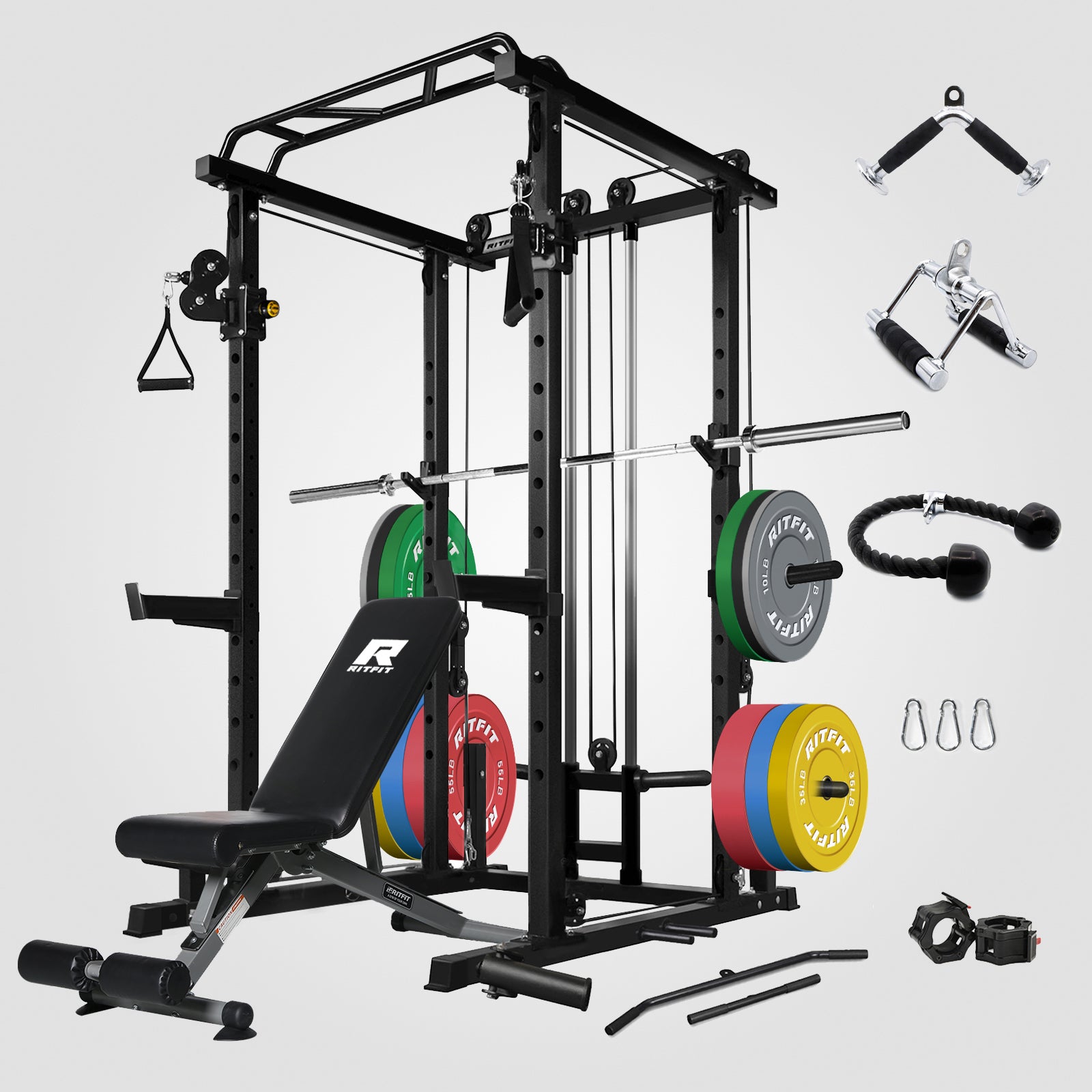October is Breast Cancer Awareness Month.
During this period, discussing all aspects of this devastating disease is vital to discovering ways to protect ourselves from it, supporting those who are afflicted by it, remembering those who have succumbed to it, and ultimately eradicating it from existence.
Our heartfelt thoughts go out to everyone who has lost a loved one to this disease, and we unconditionally support researchers and medical professionals who tirelessly work to combat breast cancer. Today, however, our focus is on prevention and protection, more specifically regarding the links between exercise and breast cancer prevention and survivorship.
Dedicated fitness routines aren’t the only beneficial lifestyle “hacks” to take up, though; making small, but deliberate changes to our diets and daily habits can go a long way to reducing breast cancer risk. Many of these activities are also extremely beneficial to mitigating the effects of an existing breast cancer diagnosis and supporting long-term wellness.
Let’s start by exploring some of the key ways exercise promotes breast cancer prevention and recurrence risk reduction.
Benefits of Exercise and Breast Cancer Prevention/Management
Regular exercise is arguably the most beneficial activity to combat breast cancer. Let’s take a look at exactly how it benefits us:
- Reduced body fat
The linkages between increased BMI and breast cancer are well established and are even more pronounced in post-menopausal women. Keeping body fat within a healthy range is one of the most effective ways to prevent breast cancer (Chan et al., 1997).
- Improved insulin sensitivity
Increased insulin can promote both the creation of tumors and the expansion of existing tumors. Regular exercise is linked with reduced insulin resistance, which can minimize the promotion of tumor growth (Goodwin et al., 2002).
- Reduced Estrogen Levels
Elevated estrogen levels directly fuel estrogen-receptor-positive forms of breast cancer. Regular physical activity can lower circulating estrogen while also reducing the prevalence of fat tissue (which produces estrogen after menopause) (McTiernan et al., 2003).
- Reduced inflammation
Similar to increased insulin, elevated chronic inflammation is associated with tumor creation and expansion. Exercise promotes both the suppression of pro-inflammatory markers and the increase of anti-inflammatory proteins throughout the body (Fairey et al., 2005).
- Improved quality of life and mental health
Although these items are more difficult to link and quantify directly, the mood-enhancing and stress hormone-reducing effects of exercise are particularly beneficial to those diagnosed with breast cancer, supporting resilience and an optimistic long-term prognosis.
Effective Fitness and Workout Tips to Maximize Benefits
“Prevention is the best medicine” is a very common phrase, but when talking about breast cancer, it is extremely relevant. Let’s explore the most effective preventative measures:
- Combining moderate and vigorous activity
Take the guesswork out of questions like “how often” or “how much” activity is necessary to experience the benefits of exercise and breast cancer reduction/mitigation. The suggestion to get at least 150 minutes per week of moderate activity, 75 minutes of vigorous activity, or some combination of the two is the new “gold standard” of exercise and fitness duration recommendations (Rock et al., 2020).
- Striving for consistency over intensity
Rather than opting for longer, but less frequent sessions, prioritize regular (even daily) and consistent workouts to maximize the cancer-protective benefits of exercise. Having even a basic dumbbell set at home can go a long way to promoting consistency.
- Not neglecting the weights!
Increased lean muscle mass not only lowers relative body fat mass but also improves insulin sensitivity. The best way to increase muscle mass is by regularly incorporating dedicated strength training, either via resistance training or bodyweight exercises like push-ups, squats, and planks, into workouts.
- …Just moving
It’s not necessary to do “formal” workouts to experience the benefits of exercise and breast cancer mitigation and prevention. Non-exercise activity thermogenesis (or NEAT) involves all physical activities and movements throughout the day…not only workouts or exercise. Gardening, playing with children or pets, and even fidgeting are all enjoyable (…maybe not the fidgeting!) activities that contribute to physical activity goals.
Lifestyle, Diet, and Other Factors
Developing positive exercise habits isn’t the only prevention measure we can adopt to prevent and manage breast cancer. Some of the most beneficial lifestyle habits to consider involve the following:
- Limiting alcohol
Many of us appreciate a nice, cold alcoholic beverage from time to time. The good news is, limiting alcohol use to sporadic, infrequent use or to special occasions won’t substantially increase breast cancer risk.
However, alcohol increases acetaldehyde exposure and estrogen levels, and even a 1-drink-per-day habit can increase risk by up to 10 percent. Develop a healthy relationship with alcohol in order to mitigate any potentially harmful effects.
- Adopting a healthy diet that limits processed foods
Diets that are high in refined carbohydrates and other processed foods are linked to a greater risk of developing breast cancer. In contrast, fruits and legumes have beneficial effects and foods with anti-inflammatory properties (like berries and cruciferous vegetables like cabbage, broccoli, and kale) are also believed to inhibit cancerous cell growth (Kroenke et al., 2005).
- Avoiding environmental toxins
Bisphenol A (BPA), Per- and polyfluoroalkyl substances (PFAS), and certain pesticides are believed to contribute to breast cancer development, while tobacco smoke can cause DNA damage in breast tissue. Taking precautions to avoid these toxins can go a long way in stunting breast cancer growth and preventing it altogether.
Exercise and Breast Cancer Prevention…Not Only an October Initiative
Pink ribbons, 5k runs/walks, articles, and programs dedicated to breast cancer awareness are all things that make October special. However, the exercise and general lifestyle habits we can adopt to prevent and manage breast cancer should not be limited to a single month of the year.
Developing lasting routines to mitigate our risk of developing this terrible disease adds value in so many areas related to our physical and mental health. Making them permanent, year-round fixtures is well worth the effort.
Whether you decide to implement a dedicated 10,000-step-per-day routine, order some home gym equipment so that you can exercise when and where you want to, or to hold off on that second margarita the next time you go out, be confident that all of these decisions are leading to more positive health outcomes and are likely inspiring others to make similar changes in their lives.
Is there a better way to raise awareness than that?!
References
Chan, M. F., Dowsett, M., Folkerd, E., & Fentiman, I. S. (1997). Insulin-like growth factor and breast cancer risk in premenopausal and postmenopausal women. Cancer Epidemiology, Biomarkers & Prevention, 6(6): 439–447.
Fairey, A. S., Courneya, K. S., Field, C. J., Bell, G. J., Jones, L. W., Martin, B. S., & Mackey, J. R. (2005). Effects of exercise training on fasting insulin, insulin resistance, insulin-like growth factors, and insulin-like growth factor binding proteins in postmenopausal breast cancer survivors: a randomized controlled trial. Cancer Epidemiology, Biomarkers & Prevention, 14(12): 2903–2909.
Goodwin, P. J., Ennis, M., Pritchard, K. I., Trudeau, M. E., Koo, J., Taylor, S. K., Hood, N., & Redwood, S. (2002). Fasting insulin and outcome in early-stage breast cancer: results of a prospective cohort study. Journal of Clinical Oncology, 20(1): 42–51.
Kroenke, C. H., Chen, W. Y., Rosner, B., & Holmes, M. D. (2005). Weight, weight gain, and survival after breast cancer diagnosis. Journal of Clinical Oncology, 23(7): 1370–1378.
McTiernan, A., Tworoger, S. S., Ulrich, C. M., Yasui, Y., Irwin, M. L., Rajan, K. B., Sorensen, B., Rudolph, R. E., Bowen, D., Stanczyk, F. Z., & Potter, J. D. (2003). Effect of exercise on serum estrogens in postmenopausal women: a 12-month randomized clinical trial. Cancer Research, 64(8): 2923–2928.
Rock, C. L., Thomson, C. A., Sullivan, K. R., Howe, C. L., Kushi, L. H., Caan, B. J., Neuhouser, M. L., & American Cancer Society Nutrition and Physical Activity Guideline Advisory Committee. (2020). American Cancer Society guideline for diet and physical activity for cancer prevention. CA: A Cancer Journal for Clinicians, 70(4): 245–271.


